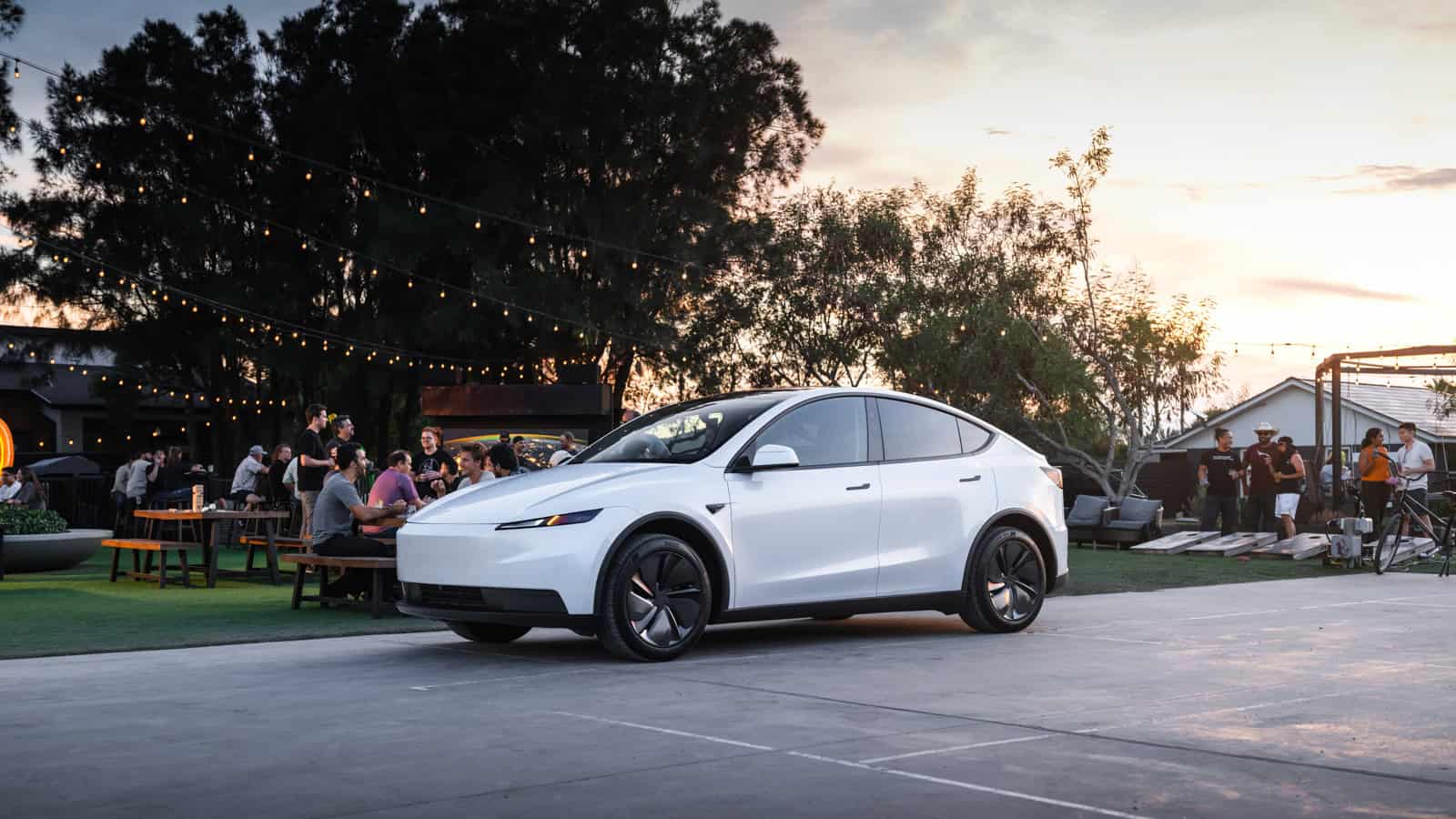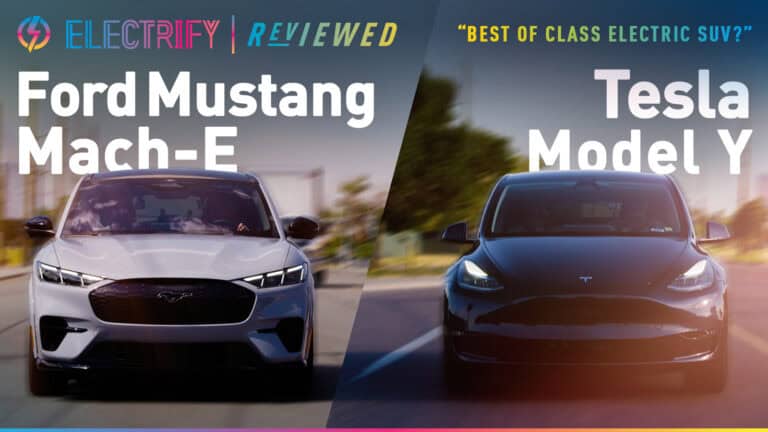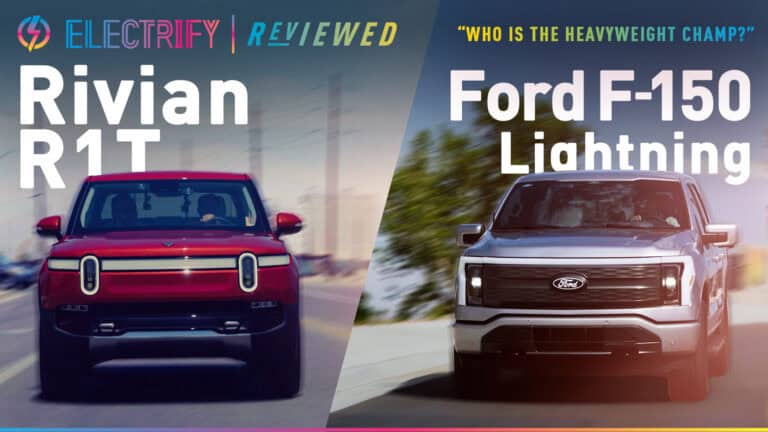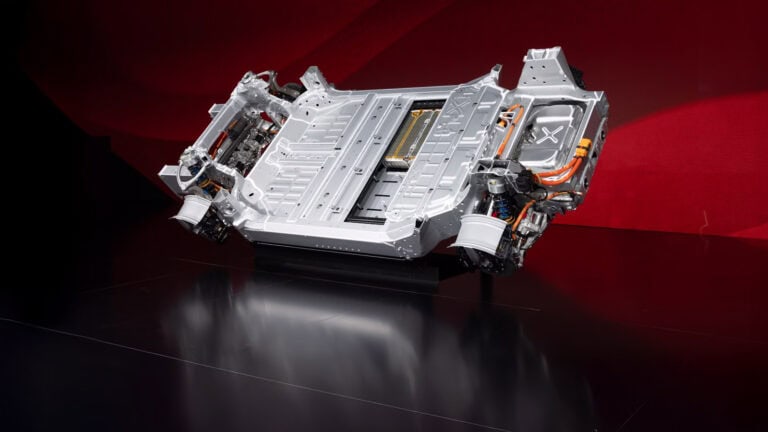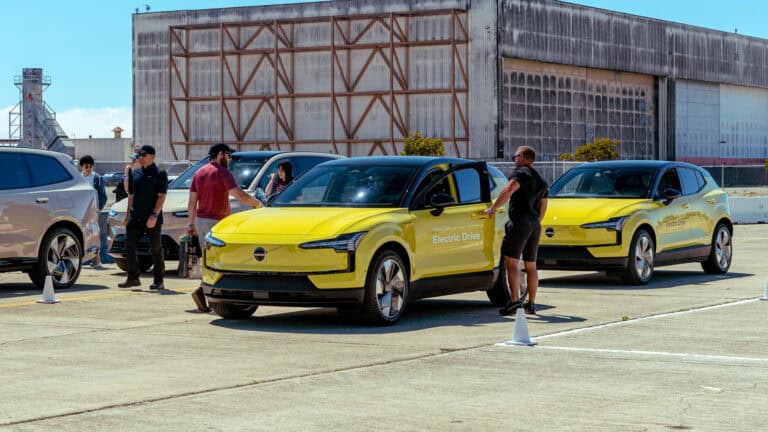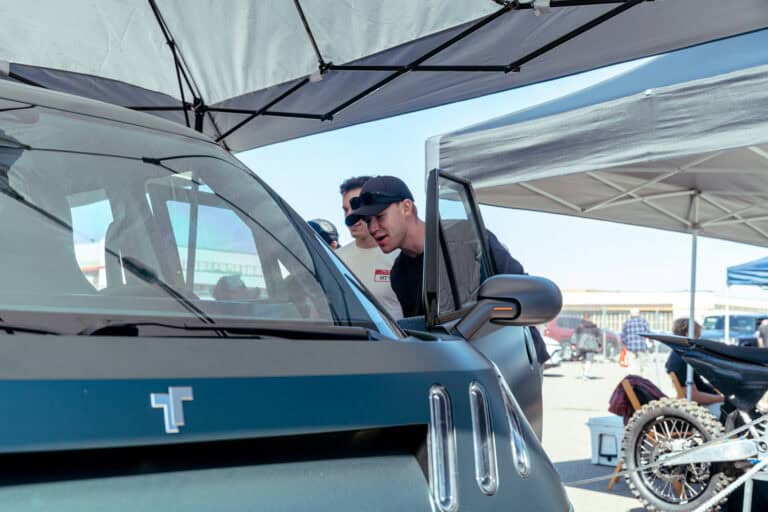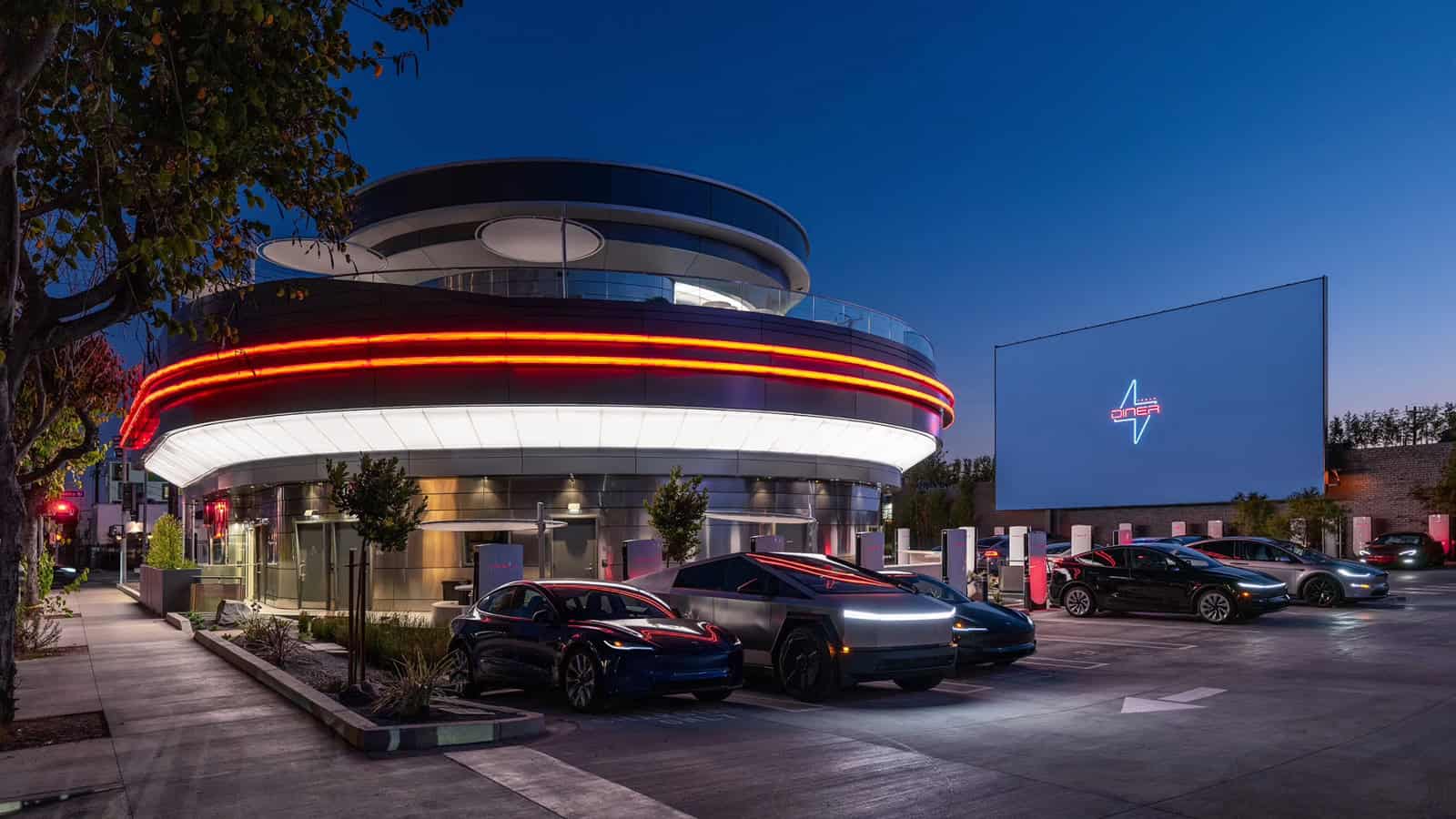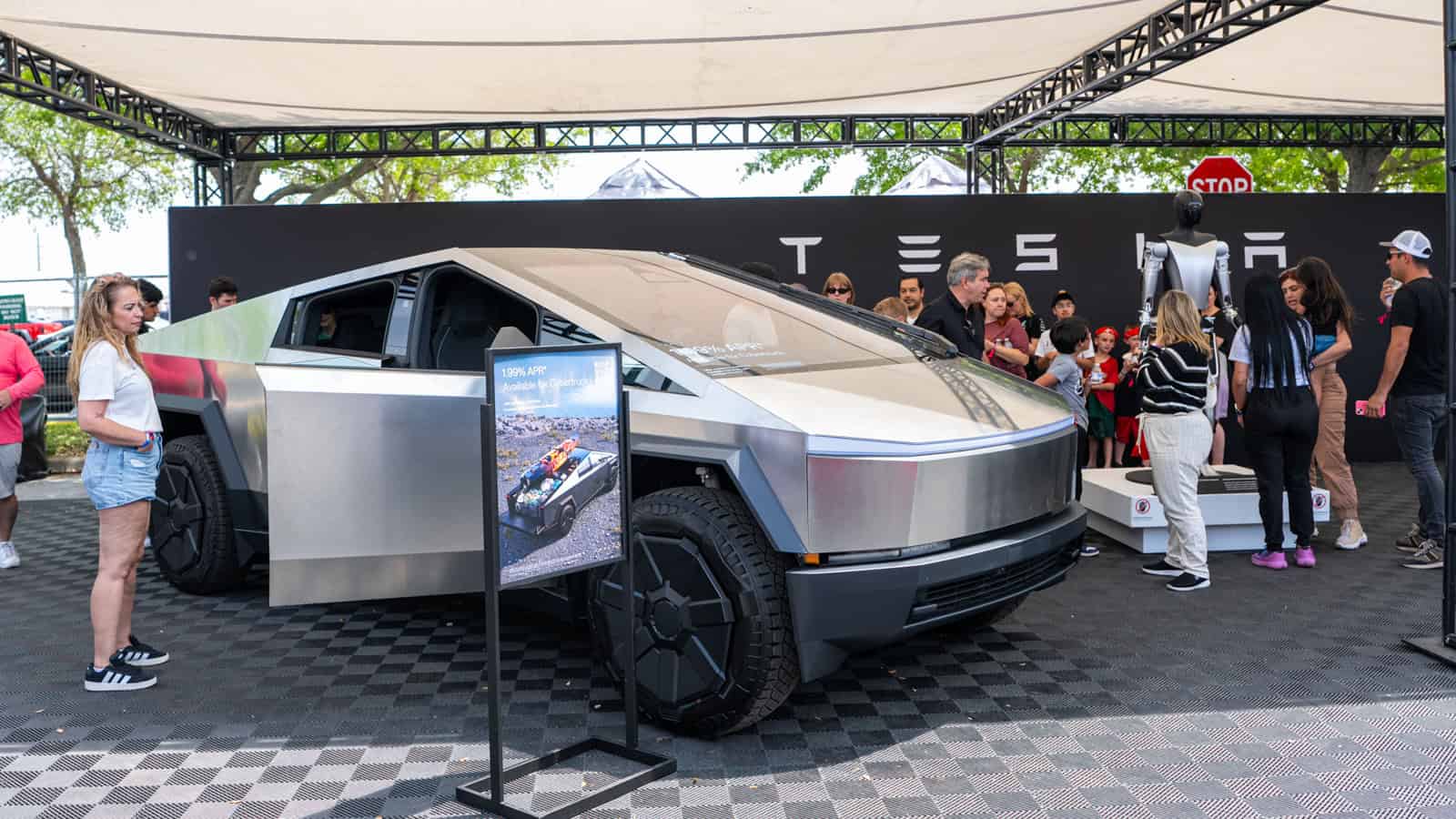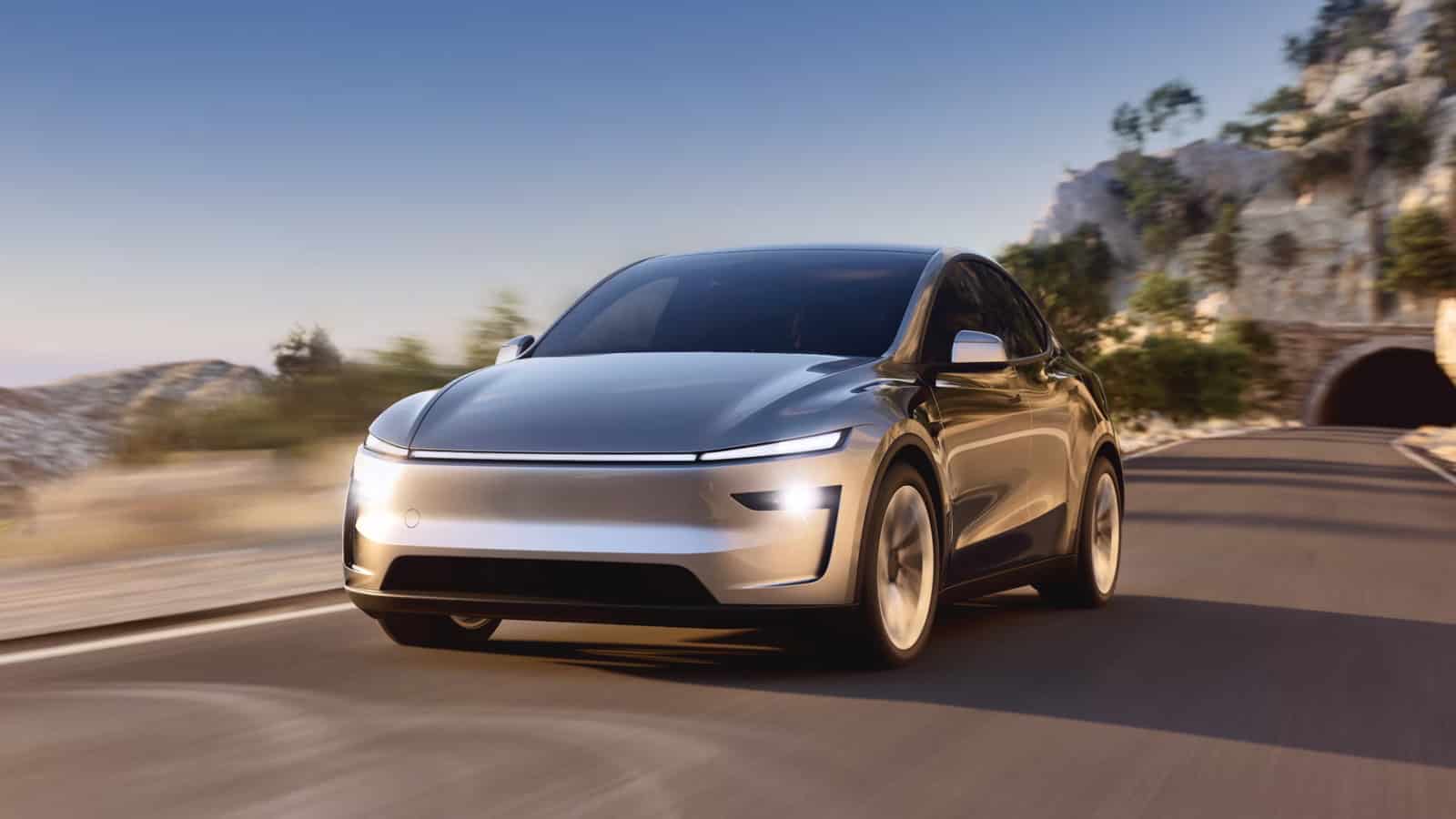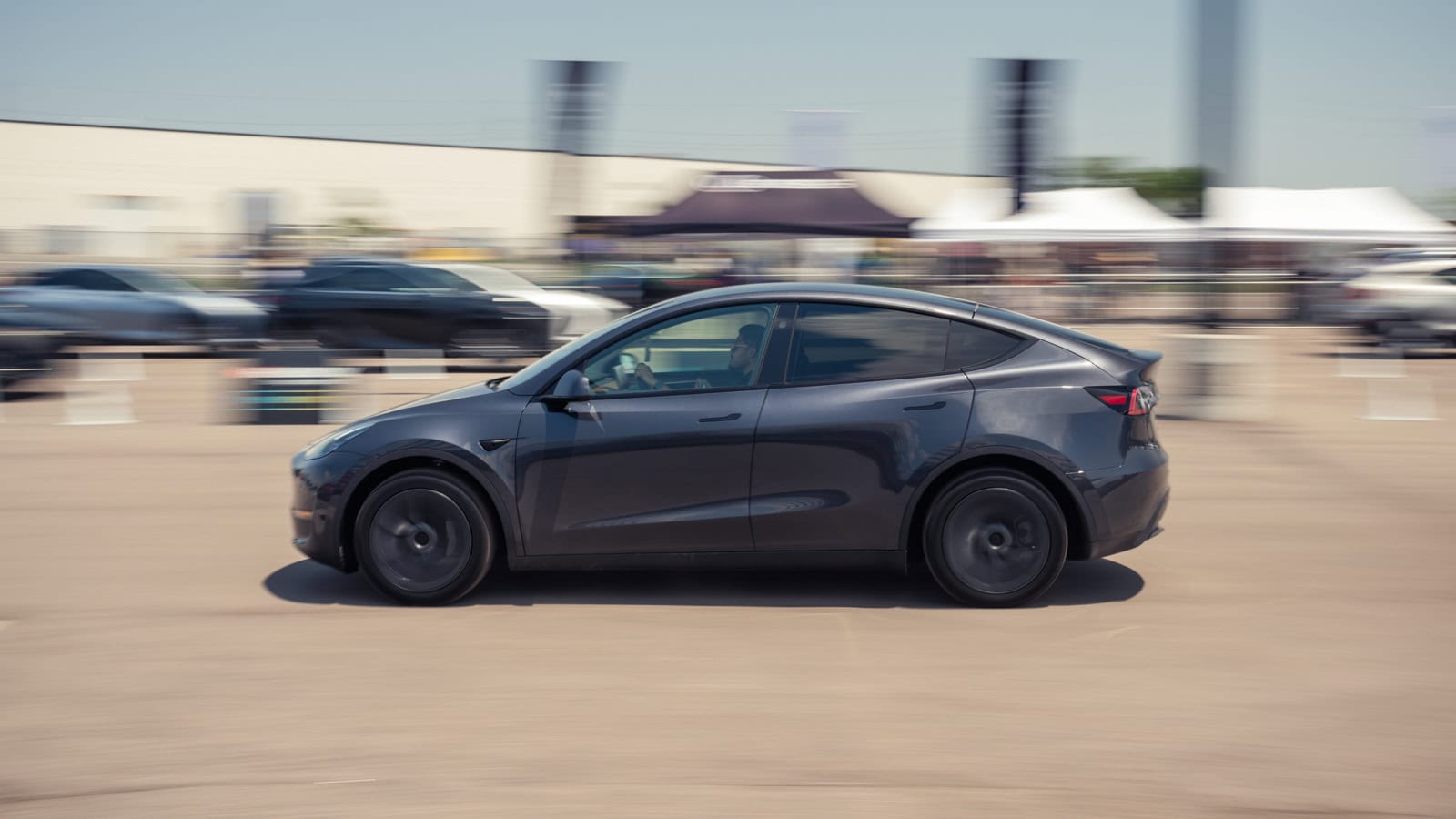- The Tesla Model 3 Standard starts at $38,630 and Model Y Standard at $41,630.
- Tesla cut many premium features (rear touchscreen, ventilated seats, full vegan leather), but kept core systems like OTA updates and the main touchscreen.
- Range is still claimed at 321 miles (on 18s), with battery down to 69.5 kWh and output at 300 hp (Y Standard).
ADVERTISEMENT
You ever hear that Tesla is finally “making affordable EVs”? Well, there’s a catch. But first, what changed, why it matters, and what you give up when you trade features for a lower sticker.
For 2026, Tesla’s new Model 3 Standard will start at $38,630, and the Model Y Standard at $41,630 (including destination and order fees). That’s roughly a $5,000-$5,500 cut compared with what Tesla now calls the “Premium” (formerly Long Range) version. Many buyers are welcoming the change, relieved to see an automaker actually lower prices instead of raising them.
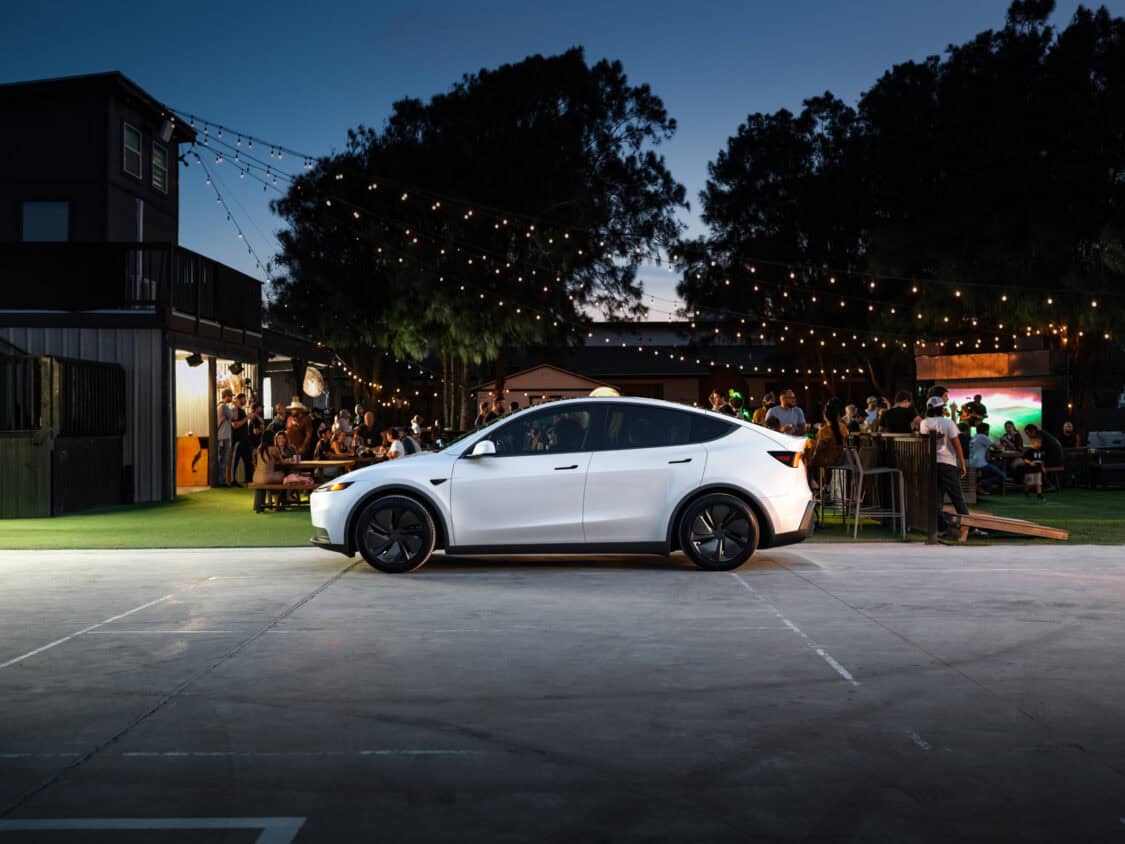
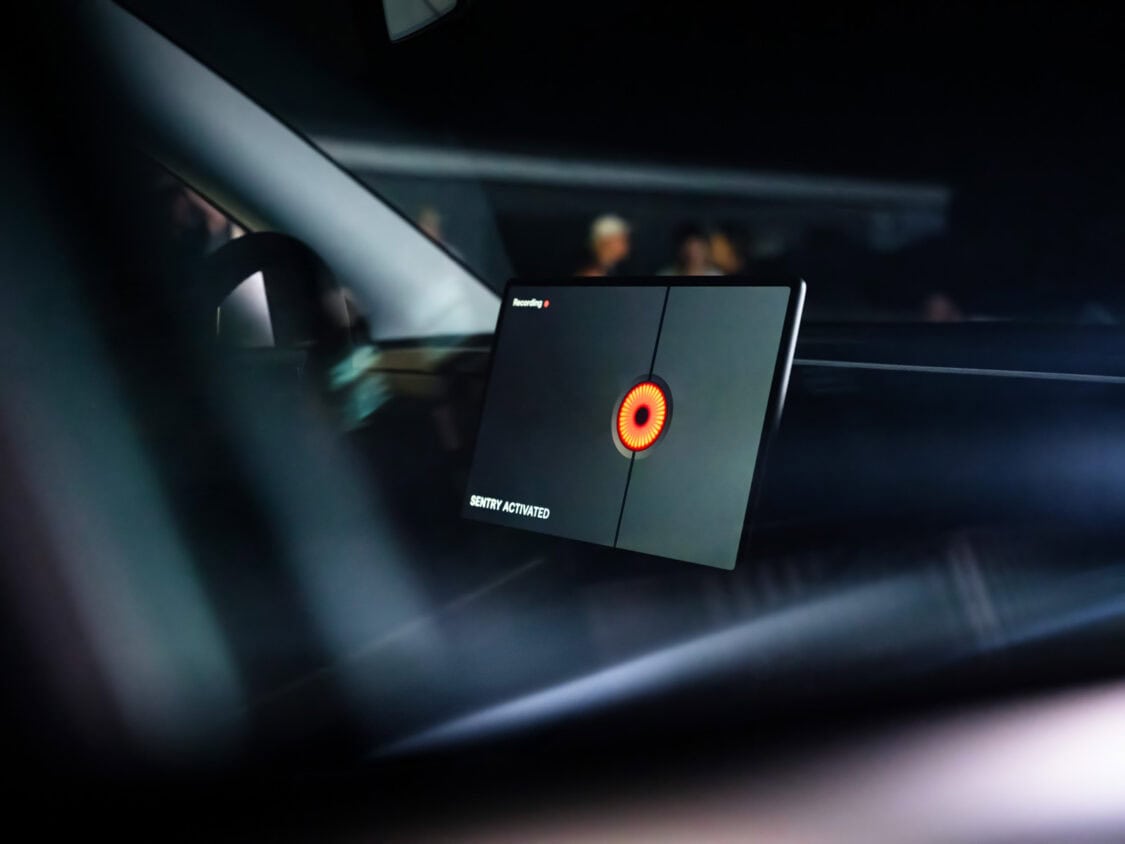
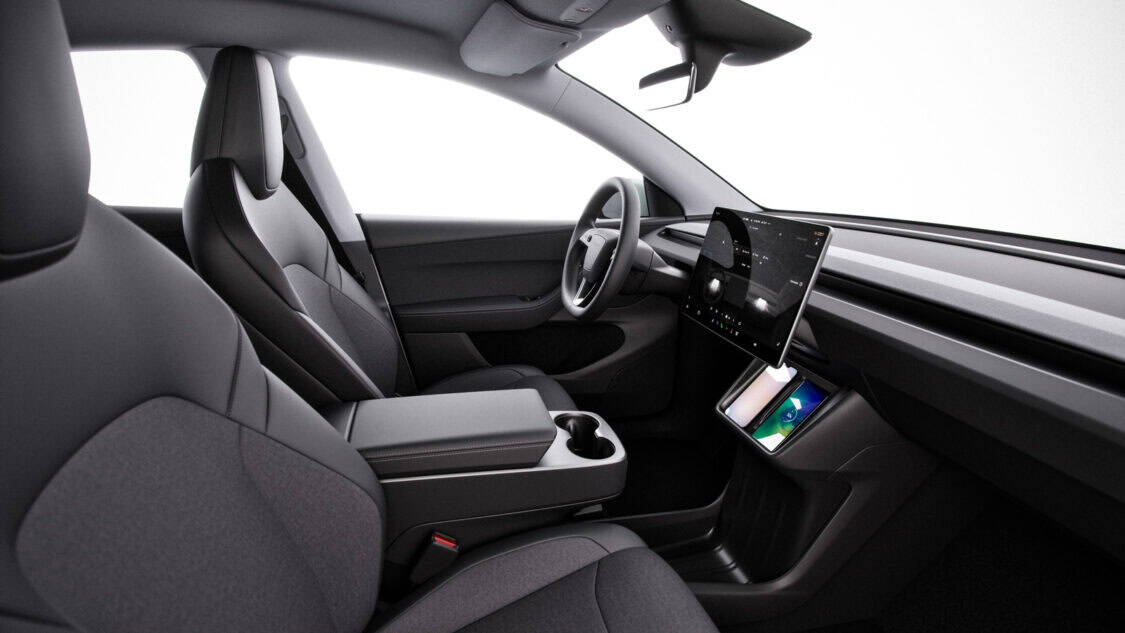
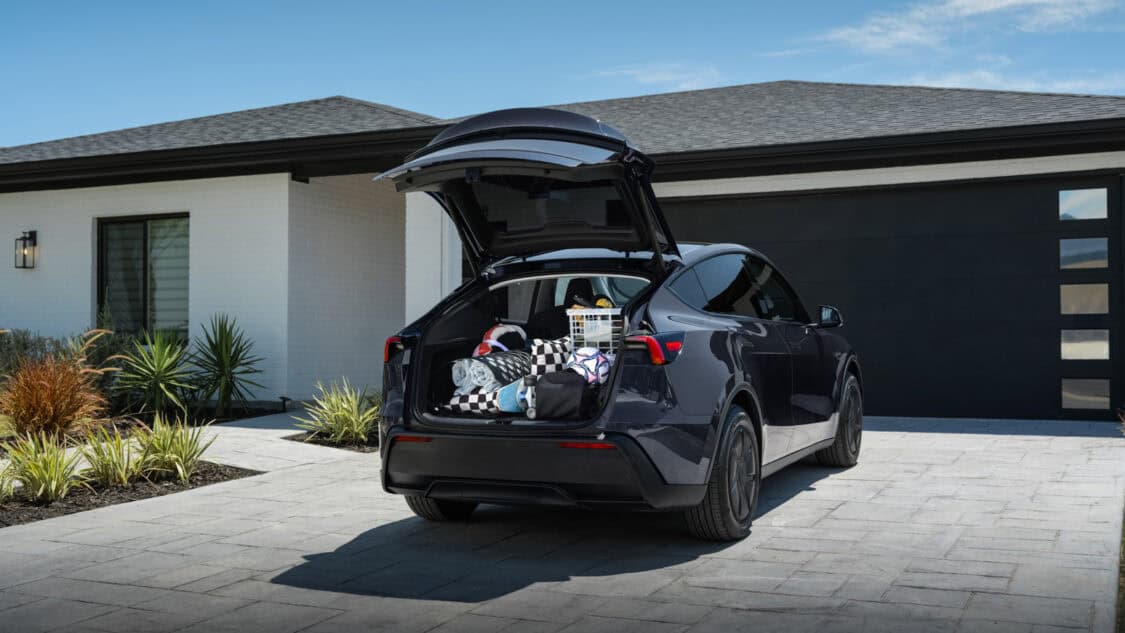
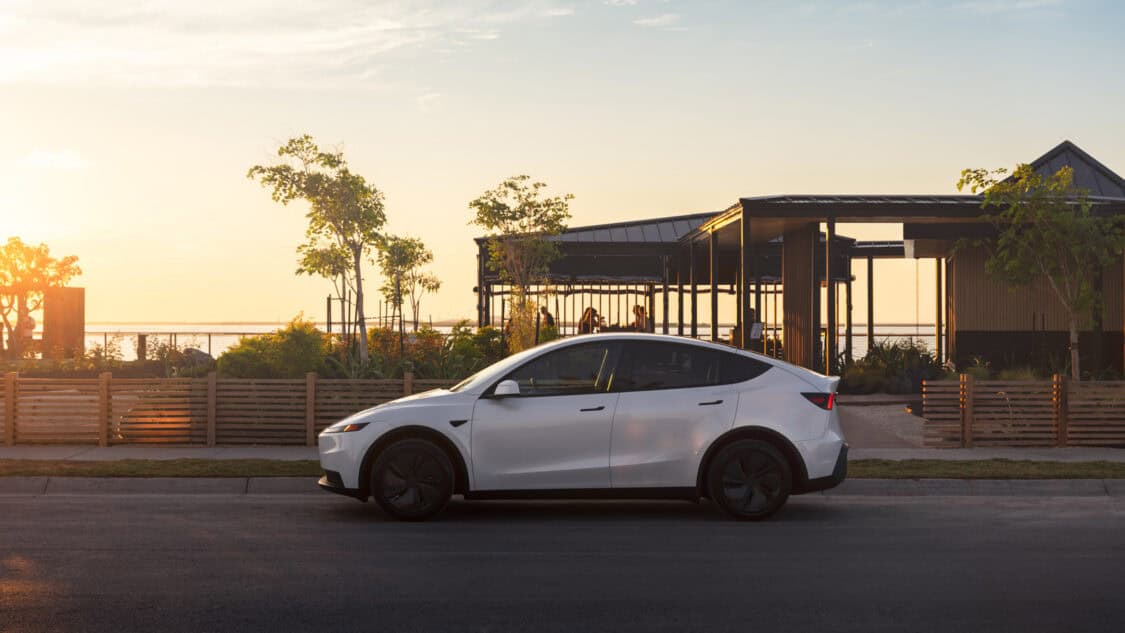
But hold on, what exactly did Tesla trim to bring those prices down? The list runs longer than you might think, and a few of the changes might leave you blinking at the screen wondering, “Really?”
For the Model Y Standard, the exterior loses the continuous light bars that used to run between front and rear lights. Tesla carved in new fascia designs, integrated lighting into discrete lamps, and swapped in 18-inch wheels as the standard (19s become optional). Smaller wheels = thicker tire sidewalls = a softer ride. Smart trade, maybe.
Color options shrink. Only white, black, or gray are offered now; gray is the only paint with no extra cost.
ADVERTISEMENT
Inside, Tesla went all-in on trimming costs. The seats now mix textile inserts with partial vegan leather, giving the cabin a simpler, more utilitarian look. The front seats no longer include ventilation, and the rear passengers lose heating altogether. The rear 8-inch touchscreen is gone too.
The glass roof still exists from the outside, but inside, Tesla covered it with a proper headliner and layers of sound-absorbing material, creating the feel of a solid ceiling. According to Tesla, that design choice was more affordable than producing a metal roof from scratch. The steering wheel now adjusts manually, and the familiar turn-signal stalk makes a return. The center console has been completely opened up, borrowing its shape and layout from the Cybertruck’s minimalist interior.
Under the body panels, Tesla trimmed the battery capacity slightly. Usable energy now totals 69.5 kWh, thanks to fewer cells connected in parallel. Even so, range figures remain solid Tesla estimates up to 321 miles on the standard 18-inch wheels, or 303 miles with the optional 19s. Power comes from a single rear-mounted motor producing 300 horsepower, giving the car a 0-60 mph time of roughly 6.8 seconds, compared to the Premium RWD’s 5.4-second estimate.
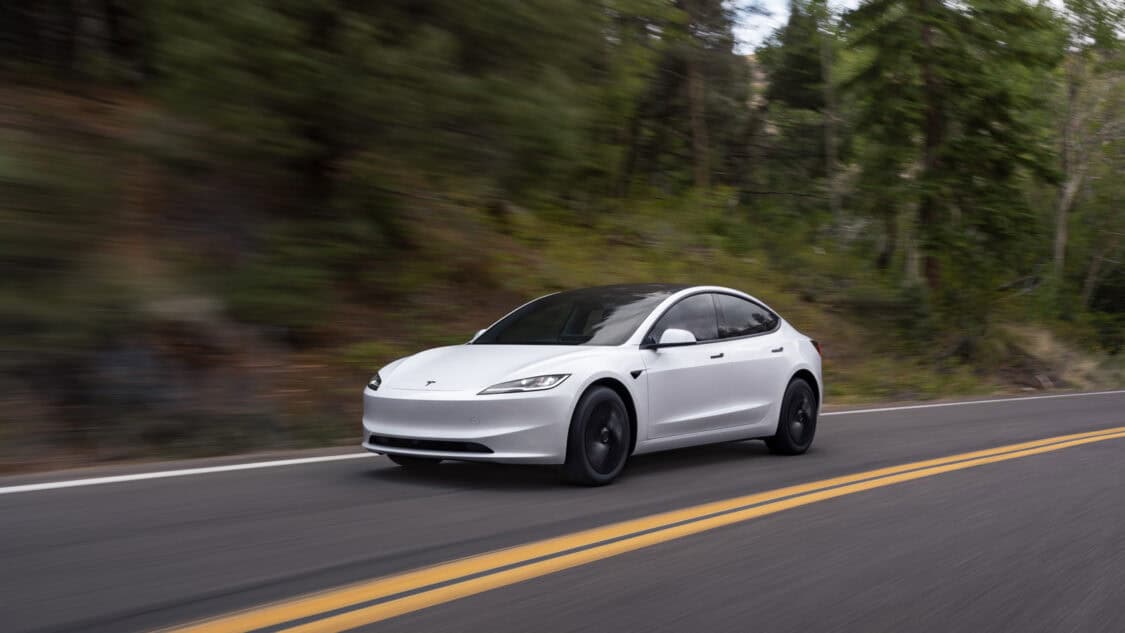
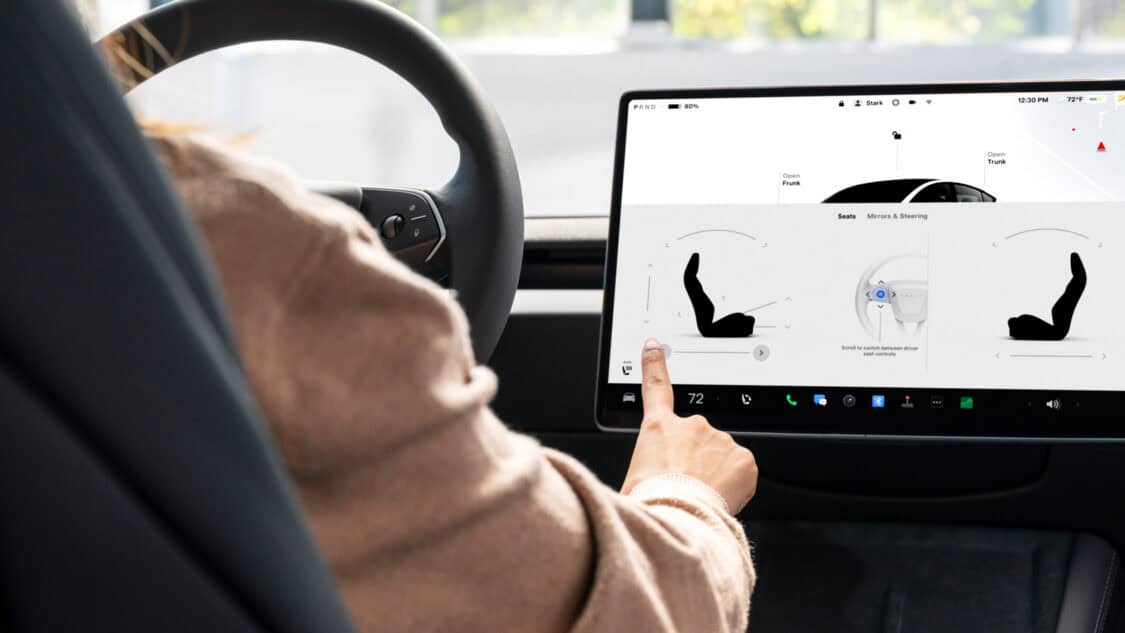
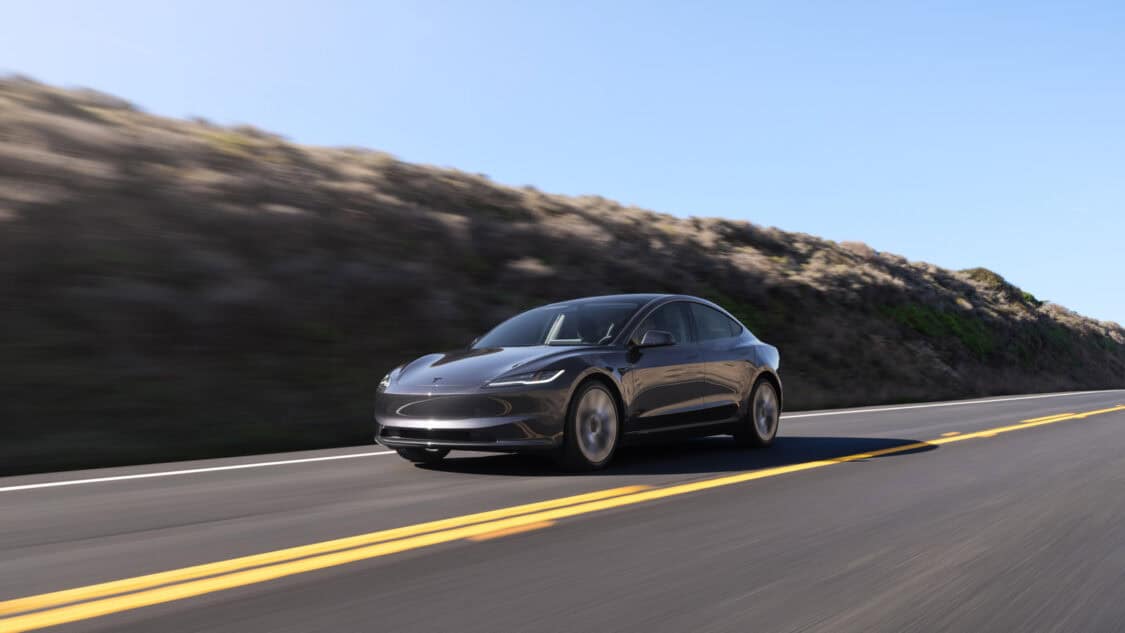
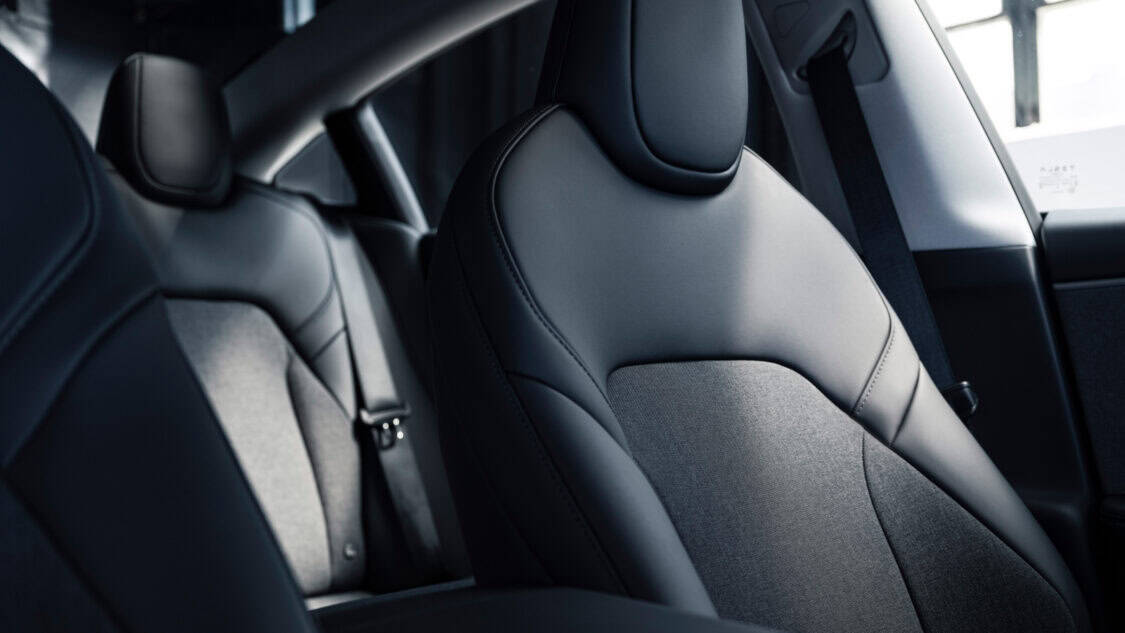
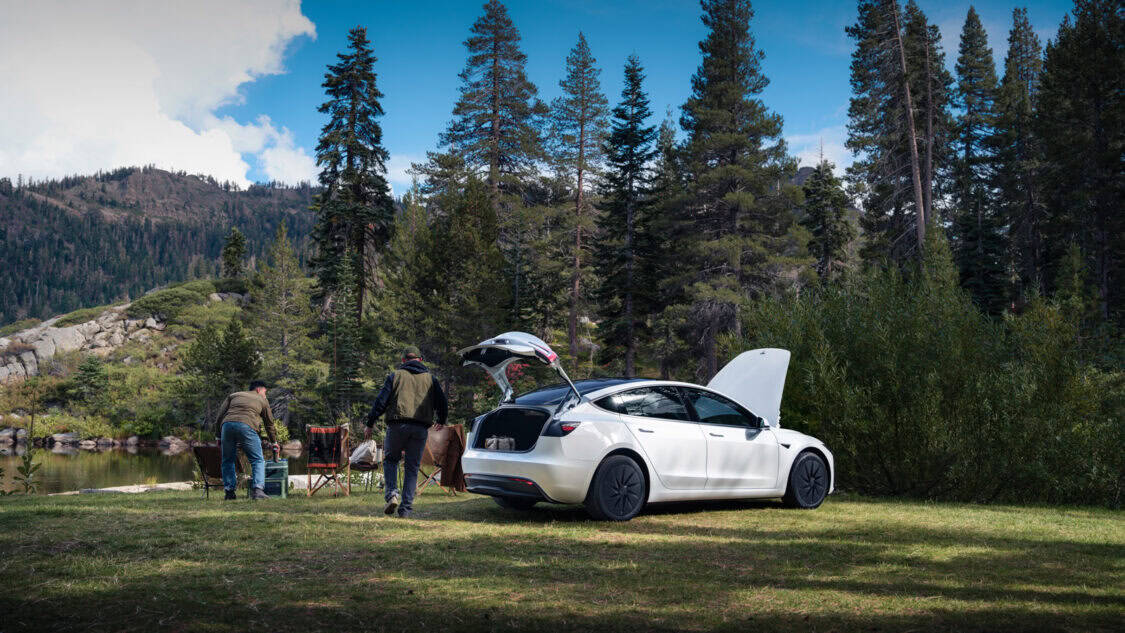
According to Tesla, the Model 3 Standard produces 286 horsepower, yet its 0-60 mph time is slower at 5.8 seconds compared to the heavier Premium RWD’s 4.9. That defies basic physics, where more weight usually means slower acceleration. Either the numbers are being rounded oddly or there is a detail Tesla has not clarified yet.
So why make this move now? Fair question. The $7,500 federal EV tax credit expired for many Tesla buyers, cutting into the company’s healthy profit margins.
ADVERTISEMENT
Analysts are split on the outcome. Some believe these lower trims might not meaningfully expand Tesla’s reach, since the reduced prices still don’t place the vehicles squarely in the “mass market” bracket.
Elon Musk has talked for years about a sub-$30,000 EV (after incentives) as the real gateway for mainstream adoption. For now, many see the new Standard models as cost-cutting exercises rather than a genuine push toward affordability.

On the bright side, Tesla kept the essentials. You still get over-the-air updates, access to the Supercharger network, and that big 15.4-inch front touchscreen that handles nearly everything. Some comfort features are gone, but the core Tesla experience stays right where it should.
ADVERTISEMENT

IMAGES: TESLA
FTC: We use income-earning auto affiliate links. Learn more.


